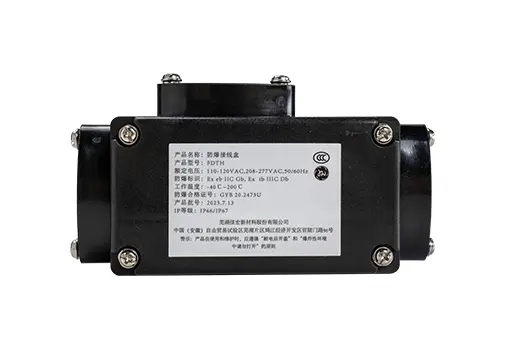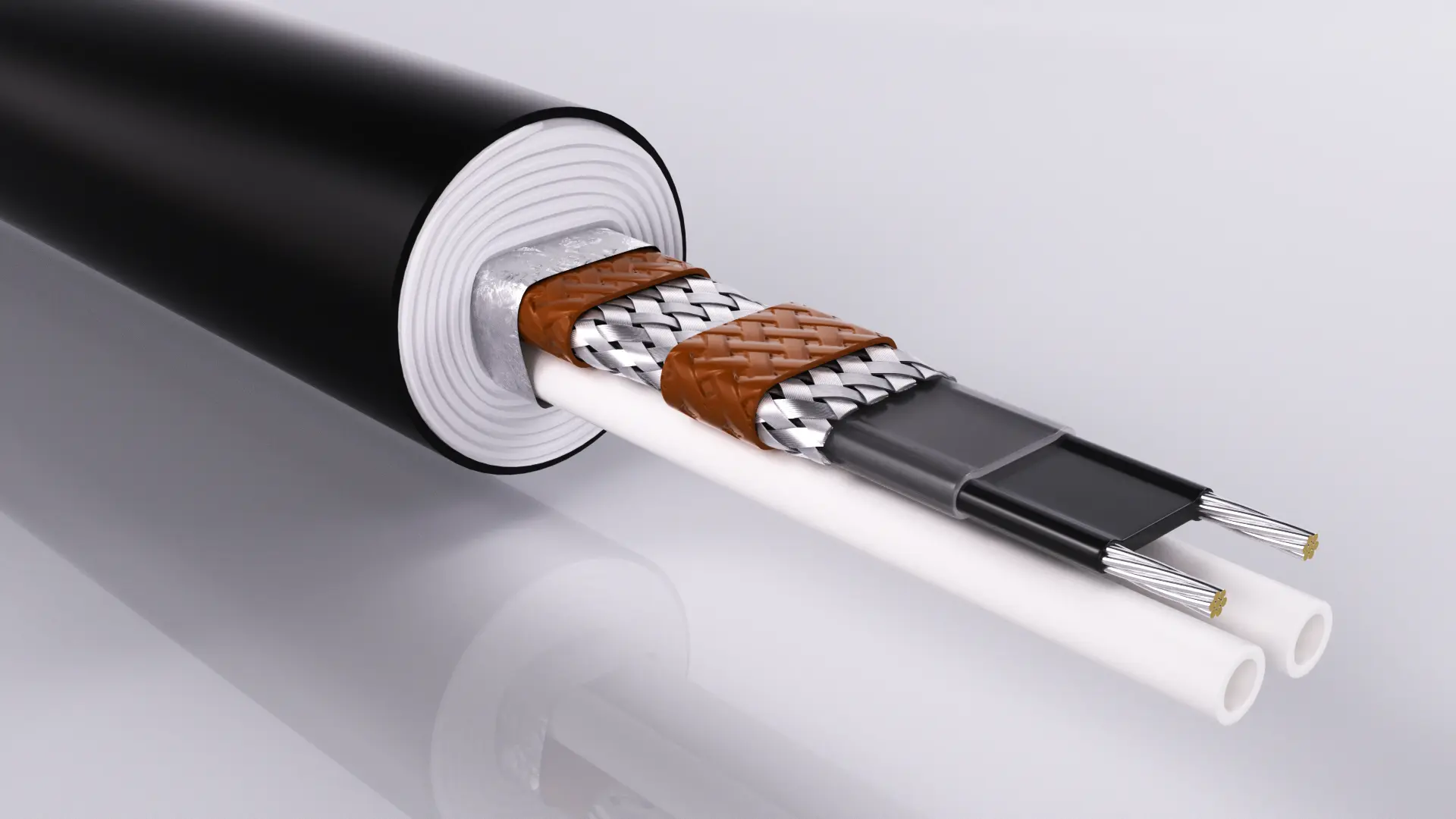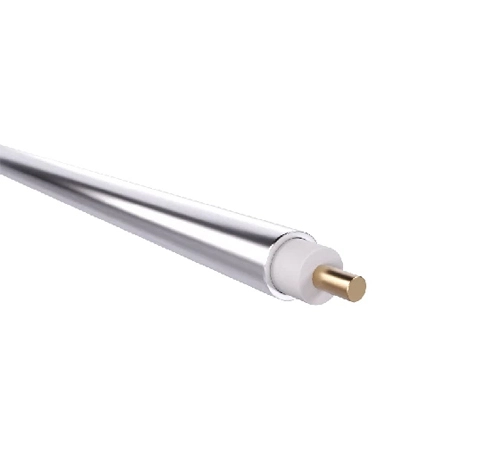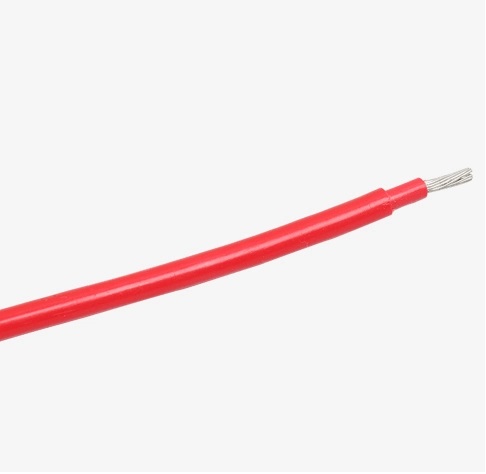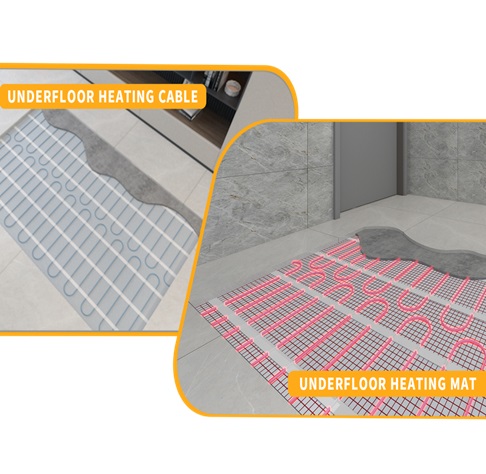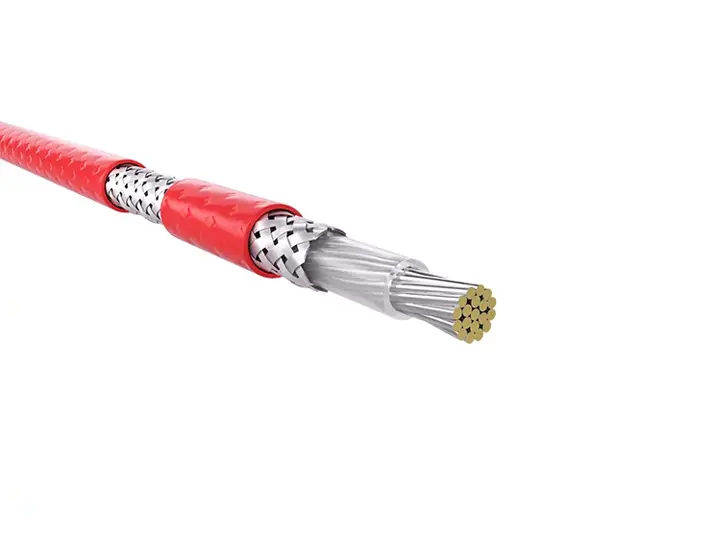Heat tracing, also known as heat tape or surface heating, is used to maintain or raise the temperature of pipes, vessels, or equipment. The three primary types of heat tracing applications are categorized based on their purpose and operational requirements:
1. Freeze Protection (Anti-Freeze)
Purpose: Prevents pipes or equipment from freezing in cold environments.
Applications:
Outdoor water pipes, fire sprinkler systems, and chemical process lines in cold climates.
Protects against costly damage from frozen liquids expanding and bursting pipes.
Technology:
Uses self-regulating heating cables that adjust power output based on ambient temperature.
Often paired with thermostats or sensors for automated control.
2. Temperature Maintenance (Process Temperature Control)
Purpose: Maintains fluids (liquids or gases) within a specific temperature range during transport or storage.
Applications:
Oil and gas pipelines to keep heavy crude oils or viscous fluids flowable.
Chemical reactors, storage tanks, and food/beverage lines to prevent condensation or maintain reaction conditions.
Technology:
Constant-wattage heating cables or steam-traced systems.
Advanced systems include distributed temperature sensing (DTS) for real-time monitoring.
3. High-Temperature Process Heating
Purpose: Actively heats pipes or equipment to elevate process temperatures.
Applications:
Power plants, refineries, and chemical processing plants where heat is part of the production process.
Heat-tracing systems integrated into reactors, distillation columns, or heat exchangers.
Technology:
Mineral-insulated (MI) heating cables capable of operating at temperatures up to 650°C (1,200°F).
Electric heating elements or induction heating systems for heavy-duty applications.
Key Considerations:
Energy Efficiency: Modern systems use smart controls (e.g., IoT sensors) to optimize energy use.
Safety: Overheat protection and grounding mechanisms are critical to prevent fires or equipment damage.
Compliance: Adherence to industry standards (e.g., ATEX for hazardous areas, NEC for electrical codes).
Heat tracing is essential in industries like oil/gas, chemical processing, and infrastructure, ensuring safe and efficient operations in extreme temperatures.


